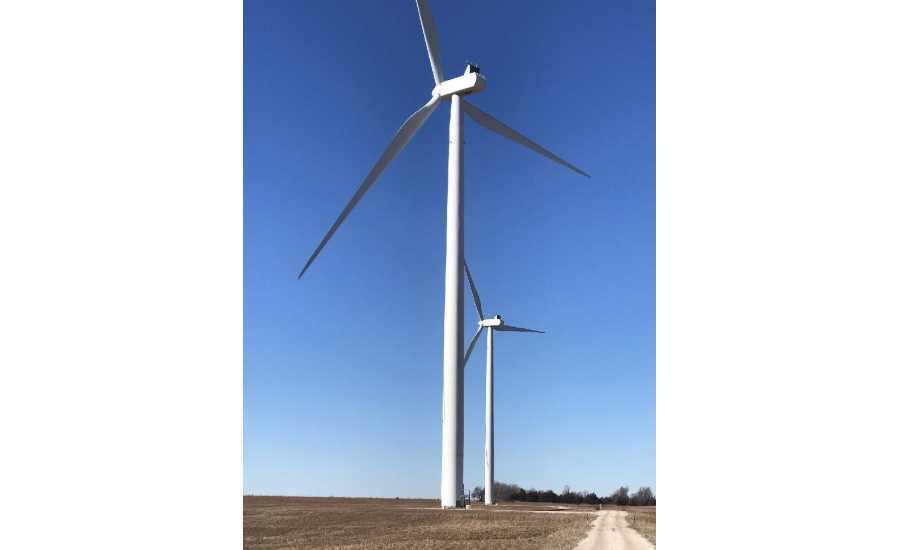The growth of wind farms has increased dramatically in the past decade, with many properties erecting dozens or hundreds of large and powerful wind turbines over a sprawling amount of remote acreage. As a potential target threat to thieves, access to the turbine and the sensitive information it records needs to be protected. That’s why bp Alternative Energy turned to ABLOY USA Critical Infrastructure for its high security needs.
As one of the leaders in the clean energy industry, bp Alternative Energy has utilized about 1,200 of ABLOY’s padlocks since 2008 to secure nine of its wind farm properties in four states. A majority of them are the rugged PL340 series padlock with secured exec keyways. Stewart Whitman, the performance manager for bp’s Flat Ridge 1 Wind Farm in Isabel, Kansas, says there were several challenges to finding the right padlock before choosing ABLOY as their critical infrastructure source.
“We were looking for a lock that was extremely secure while performing well under a variety of demanding conditions,” Whitman said. “I would say ABLOY has lived up to those expectations.”
With continuously updated and stricter NERC regulations to deal with, having the right padlock like the patented PL340 is a necessity. According to the U.S. Energy Information Association, wind power capacity has grown 15 percent per year over the past 10 years and wind has become the largest source of renewable power in the United States. The sector’s job growth continues to increase as well, with industry reports indicating it may employ more than 600,000 workers by 2050 as the demand for sustainable resources rises.
ABLOY PL340 padlocks are sought after for being highly durable and tough as nails. Designed and manufactured to meet ANSI standards, they are constructed from case hardened boron steel and tested under extreme conditions. The majority of the padlocks at the bp Alternative Energy wind farms have shackle lengths of either one or two inches.
“It’s difficult to find a quality, very secure padlock that are keyed alike, in the numbers we require,” explained Whitman, a 15-year wind industry veteran who has worked for bp Alternative Energy for the last 10 years. “But not all of the padlocks we have are keyed alike.”
At Whitman’s Flat Ridge 1 farm about 80 miles west of Wichita, he has stationed 20 locks on the turbines and two dozen on its j-boxes. The junction boxes are collection system cabinets where the power cables are joined to the turbine.
“In addition to the ABLOY locks on the turbines and j-boxes,” Whitman said, “we have them on the MET (Meteorlogical Evaluation Towers) access gates and storage connexes. These locks offer exceptional security due to their unique key design. ABLOY now offers a new cyber actuated lock that we are considering buying.”
Whitman’s team and those at the Flat Ridge Wind Farm in Zenda — about 10 miles east — as well as others in Colorado, Indiana and Pennsylvania, exercise diligence with a regular maintenance schedule that includes physically checking the padlocks. ABLOY’s padlocks have a well-earned reputation for reliable performance, and Whitman understands why.
“In the five years I’ve managed this farm, we’ve only replaced one lock due to a malfunction. Some of the locks may go over a year without being opened. Others such as the turbine door locks are opened a minimum of every three months.”
He does so for a number of reasons. In addition to most wind farms being located in remote areas, there is the range of weather conditions they are subjected to. The bp Alternative Energy properties experience the entire gamut, from the snow and sub-freezing conditions near the mountains to the hot and dry conditions across the Kansas plains and in Indiana, where more than one-third of the locks are in use.
“We’ve had very little trouble with the ABLOY locks because of environmental conditions,” Whitman said. “My particular site and many of our others operate in farm country so we experience a lot of dust, dirt, snow and ice. The locks have always performed well under all circumstances.”



